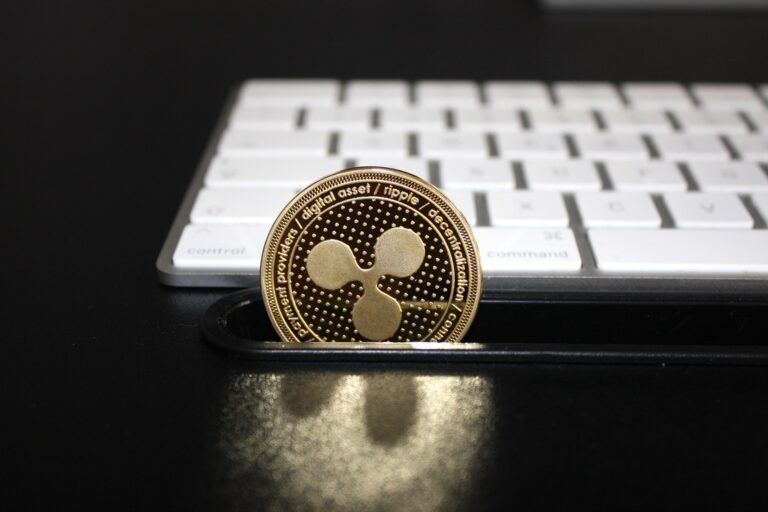Ripple, a leading provider of enterprise blockchain and crypto solutions, announced its plans to launch a stablecoin pegged 1:1 to the US dollar (USD) on April 4, 2024. The stablecoin will be fully backed by a reserve of US dollar deposits, short-term US government treasuries, and other cash equivalents, with monthly attestations published by a third-party accounting firm.
Ripple says the stablecoin market, currently valued at around $150 billion, is expected to grow significantly, with projections suggesting it could exceed $2.8 trillion by 2028. It says its entry into this market comes as a response to the increasing demand for stablecoins that offer trust, stability, and utility.
Brad Garlinghouse, Ripple CEO, described the move as a “natural step” for the company:
“This is a natural step for Ripple to continue bridging the gap between traditional finance and crypto. Institutions entering this space are finding success by partnering with compliant, crypto-native players and Ripple’s track record and resiliency speaks for itself, as we launch new products and acquire companies through multiple market cycles. This move is also monumental for the XRP Ledger community, driving more use cases, liquidity and opportunities for developers and users.“
Initially, Ripple’s stablecoin will be available on the XRP Ledger (XRPL) and Ethereum (ETH) blockchains, with plans to expand to additional blockchains and decentralized finance (DeFi) protocols and apps over time.
Monica Long, Ripple President, emphasized the significance of this multi-chain approach:
“Issuing our stablecoin on the XRP Ledger and Ethereum will serve as a pivotal entry point to unlock new opportunities for institutional and DeFi use cases across multiple ecosystems. The XRP Ledger’s native capabilities, including a decentralized exchange and automated market maker, were built to utilize XRP as the bridge asset. Bringing a trusted stablecoin onto XRPL will drive more adoption and development, contributing to a vibrant ecosystem.“
According to Ripple’s press release, the key benefits of Ripple’s stablecoin include its enterprise-grade nature, compliance-first mindset, liquidity on the XRP Ledger’s Decentralized Exchange (DEX), transparent stablecoin reserve, and multichain compatibility. These features aim to cater to the needs of both traditional financial institutions and the growing DeFi sector.
Ripple claims its upcoming USD-pegged stablecoin offers a range of benefits. Firstly, as an enterprise-grade solution, Ripple’s stablecoin is designed to cater to the needs of financial institutions and enterprises, with plans to integrate it into the company’s payment solution to enhance the customer experience and establish the first enterprise use case at scale. Secondly, Ripple says a compliance-first mindset, backed by a growing license portfolio in key regions worldwide, ensures the stablecoin operates within legal frameworks, instilling confidence among users and regulators.
Moreover, it mentions that stablecoin’s integration with the XRP Ledger’s Decentralized Exchange (DEX) will drive liquidity and benefits for users, developers, and applications within the ecosystem. Transparency and reliability are also core aspects of Ripple’s stablecoin, with the company committing to publishing monthly attestations of the coin’s 1:1 reserve of cash and cash equivalents. Lastly, according to Ripple, the stablecoin’s multichain compatibility, launching on both the XRP Ledger and Ethereum networks, will promote cross-chain interoperability and broaden its potential use cases.
Ripple CTO David Schwartz anticipates explosive growth in the stablecoin market, predicting it will evolve into a multi-trillion-dollar industry within the next few years. In an interview with Decrypt, he highlighted Ripple’s strategic positioning to enter this market, leveraging its expertise in institutional payments and growing presence in the DeFi sector via the XRP Ledger.
Featured Image via Pixabay









